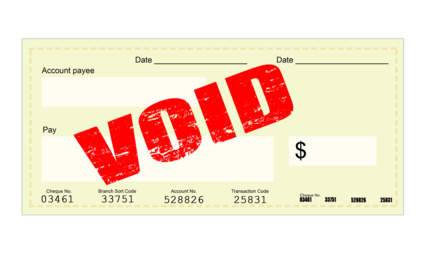What Are The 5 Basic Accounts In Bookkeeping?
Record keeping of business monetary transactions is an essential part of monitoring the financial performance of the said business.
Businesses keep something known as a chart of accounts, or COA, in which all of the accounts that make up the general ledger (of the business) are indexed.
This chart of accounts is made up of 5 major business accounts, namely assets, liabilities, equity, revenue, and expenses.
The purpose of this article is to explain exactly what these accounts are and provide guidelines (not full instructions) on how to prepare the COA with these accounts, and describe what it signifies.
By the end of the article, you will be fully informed, and will understand exactly what these accounts represent and demonstrate.
And without further ado, let’s get straight to it.
Also read: How to Do Bookkeeping

Background Information
The idea of having a General Ledger for a business set out in such a systematic way is not just for convenience, but also to ensure that everything is properly recorded before the accountant prepares the financial statements each year, because they rely on this data.
The account names in the COA are typically arranged in the order the accounts appear in the official annual financial statements.
This means that the balance sheet accounts, such as assets, liabilities, and shareholders' equity, are listed first. This is then followed by the accounts in the income, or profit and loss statement, which would be the revenues and expenses.
The items in the COA are labeled with a numerical code. This helps those who are looking through it to find specific entries in the ledger.
And a great thing about the COA codes is that the numbers don’t run exactly one after another. This means that if something has been left out or missed, it can easily be entered when identified.
For example, asset account items are allocated numerical codes in the 100s, while liability account items are allocated numbers in the 200s.
Public companies have to set out their general ledger accounts in a specific way, according to particular guidelines known as generally accepted accounting principles, or GAAP.
Although private companies do not necessarily have to prepare their general ledger in the same way, most of them do adhere to this system, because it helps to provide a well-structured summary of data that makes the financial health of the company easy to analyze and assess.
Also read: How to Pay Employees of Small Businesses

Assets
An asset is anything of value that a business controls or owns. They add value to the business’ net worth or equity.
Assets are split into tangible and intangible assets.
Tangible assets are generally described as assets that you can touch.
This can include anything from the business premises, and the machinery involved in making or packaging the products. Or the equipment owned by the business to enable the business to carry out its various services. It also includes the business inventory and any work in progress.
Intangible assets are typically described as assets that you cannot touch.
Examples of intangible assets include brand names, the value of which normally goes down as goodwill, and copyright privileges of creative materials and content.
Also read: Open a Business Bank Account
Liabilities
The liabilities of a business are the monies owed by a business to other individuals or organizations.
A liability is anything that needs to be paid, whether it gets paid in cash, or by other means, such as through goods or services, such as orders that are yet to be fulfilled.
The entity to which these liabilities are to be paid is referred to as a creditor. A business can sometimes have many creditors.
Examples of liabilities could be loan repayments owed, goods or services owed to customers, overdrafts, accrued expenses, income taxes payable, and so on.
All of these liabilities cost the business money and bring down the overall value of the business.
Also read: Marketing in Business
Equity
Equity is basically another name for the business’ net worth…
Or, in other words, what’s left when you deduct the total liabilities from the total value of the business assets. This is also known as the residual value.
The term equity also refers to the owner’s stake in the business, however that may be split between the various owners or partners.
The greater the equity, the more the business is worth. If the business is losing money, the equity may have a negative value.Equity is referred to on both the profit and loss statement or income statement, and also on the balance sheet.
When calculated correctly, the equity value displayed on the profit and loss statement should match that of the balance sheet. This is the big test for the bookkeepers.
Revenue
The revenue of a business is often described as the total sales figure, before any deductions are made, such as the cost of creating a product or of providing a service.
The revenue account lists all of the income gained by a business through the sales of goods and/or services.
This does not include business assets, because this is not classed as income.
It is the top line of a profit and loss statement or income statement, before anything of the expenses get deducted.
Also read: How To Make Business Cards
Expenses
The expenses account is a spreadsheet listing all of the separate costs that occur as part of the cost of the day-to-day running of the business.
Examples of expenses may include the likes of the cost of materials required to make the products, the wages of employees who provide a service for your customers, utility bills to keep the premises running, rent, insurance, software subscriptions, and so on.

Wrap Up
Together, these 5 basic accounts can portray the financial health of a business or organization. They are all essential for the accountant to be able to prepare the various financial reports, both for tax purposes and for business managers.
Without these 5 basic accounts in the general ledger, there is no way of knowing and verifying that the business is making a profit or not, and how much that profit or loss might be.
If you haven't got the most efficient way to produce pay stubs for your employees, check out the pay stub maker today. It is so easy and convenient!















